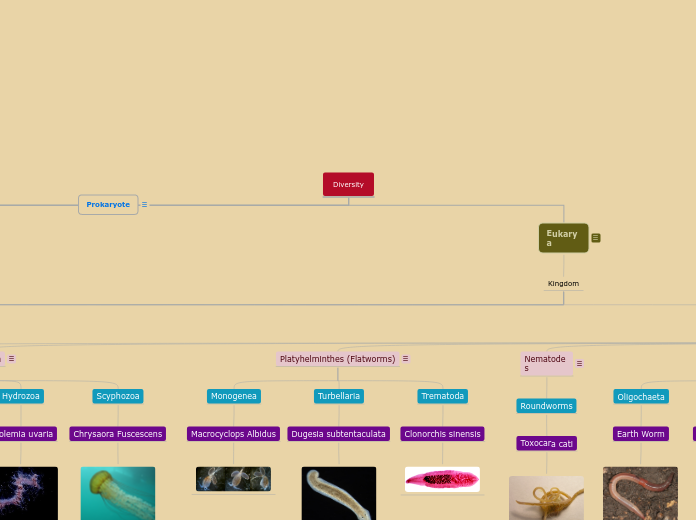Diversity
Bacteria
Eubacteria
spirochete
Streptococcussus salivarius

Rod
Hay bacillus

Spiriliium
spirillum volutans
Archaea
Archaebacteria
Methanopyrus kandleri

Main topic
Eukarya
Kingdom
Fungi
Zygomycota
Spinellus fusiger
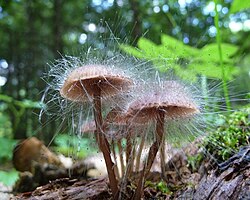
ascomycetes
Morchelle esculenta

Basidiomycota
Clavulinopsis fusiformis
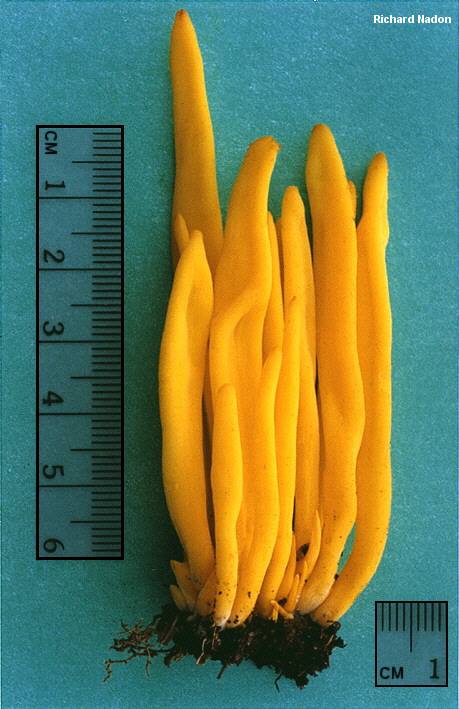
bolete
Hypomyces chrysospermus

Chytrids
Allomyces
Protista
animal-like
amoeba
Ameaoba proteus

ciliates
Paramecium caudatum

Euglenozoa
trypanosoma gambiense

sporozoans
plasmodium
Plant-like
Coralline
Red Algae
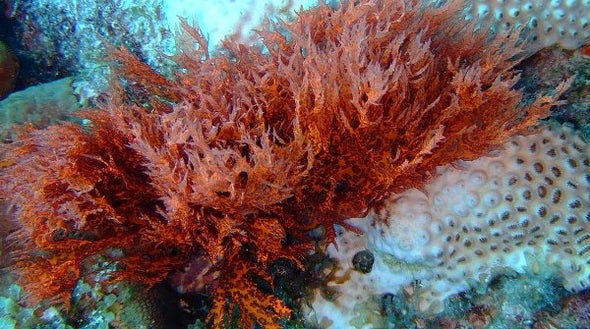
Euglenoids
Euglena

Diatom
bacillariophyta
Laminaria
Fucus
ulva
sea lettuce
fungus-like
Slime Mold
Labyrinthulina
Water Mold
Downy mildews
Pseudoperonospora cubensis
Subtopic
Plant
Non vascular (Bryophytes)
mosses
Hylocomium splendens

liverworts
Plagiochila Asplenioides

hornworts
Phaeoceros laevis

Seedless vascular
Equisetopsida
Horse Tail

psilotopsida
Huperziaceae
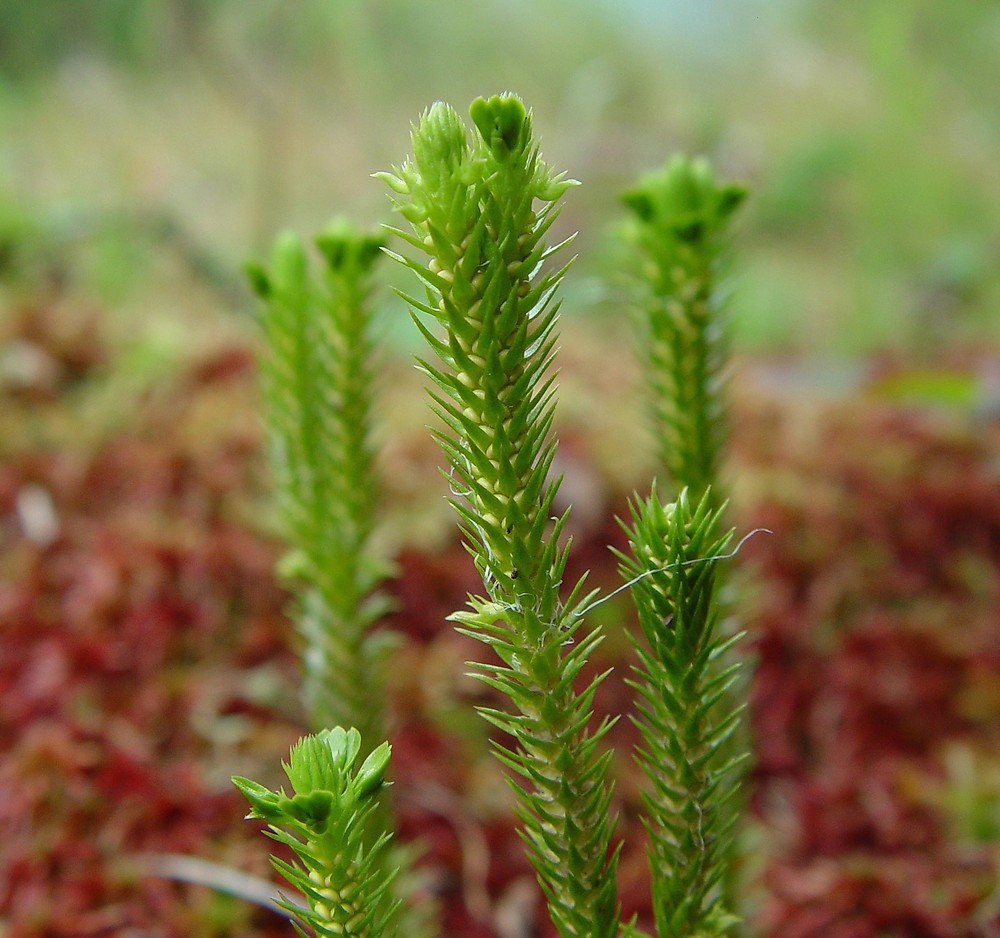
Seed plants
Gymnosperms
Pinophyta
Picea pungens

Cycadophyta
encephalartos woodii
Ginkgophyta
Ginkgo

Gnetophyta
Ephedra

Liliopsida
Tulipa clusiana

Animalia
Porifera
Xestospongia muta
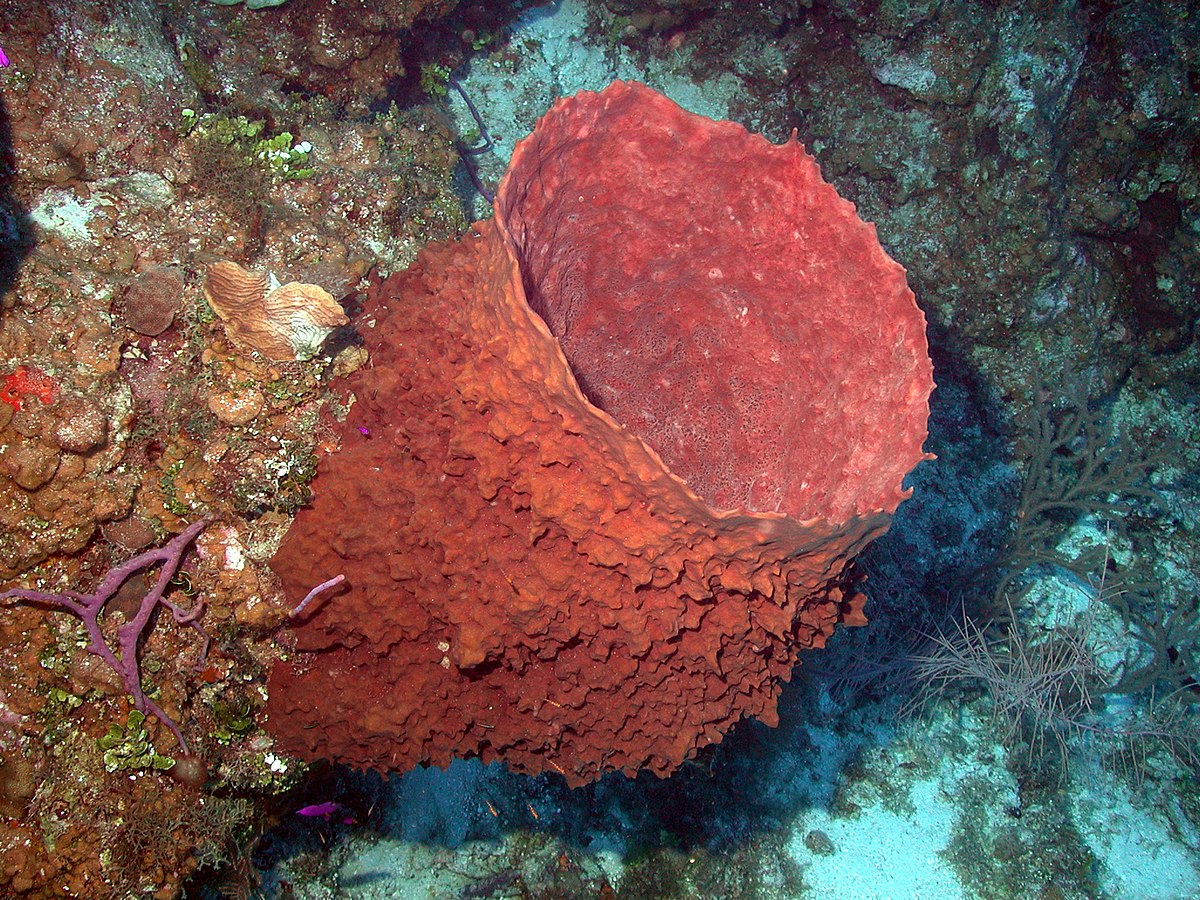
Cnidarian
cubozoa
chironex fleckeri

Anthozoa
Actiniaria

Hydrozoa
Apolemia uvaria

Scyphozoa
Chrysaora Fuscescens

Platyhelminthes (Flatworms)
Monogenea
Macrocyclops Albidus

Turbellaria
Dugesia subtentaculata

Trematoda
Clonorchis sinensis
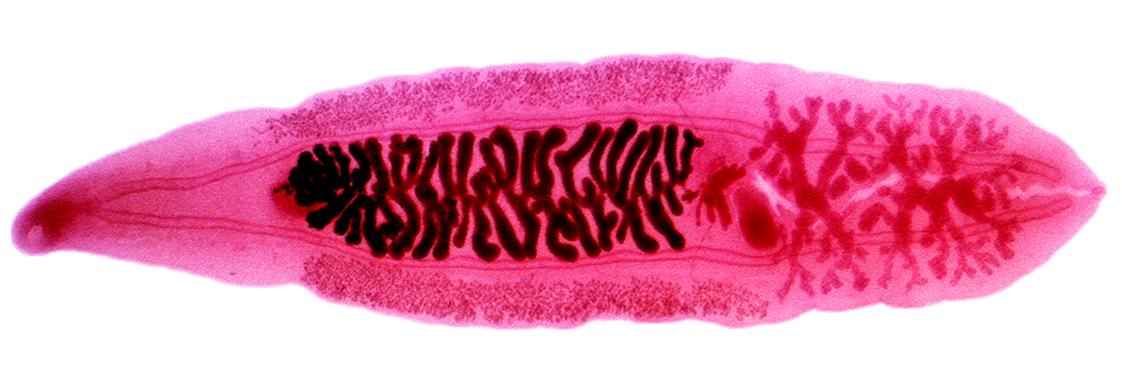
Nematodes
Roundworms
Toxocara cati
Annelids
Oligochaeta
Earth Worm

Hirudinea
Hirudo Medicanalis
Polychaeta
nereis

Mollusca
Gastropod
Burgundy Snail

Bivalvia
Mussel

Cephalopoda
Illex illecebrosus

Arthropods
Chelicerates
Class
Parasteatoda tepidariorum

Class
Limulus polyphemus

Class
Colossendeis proboscidea
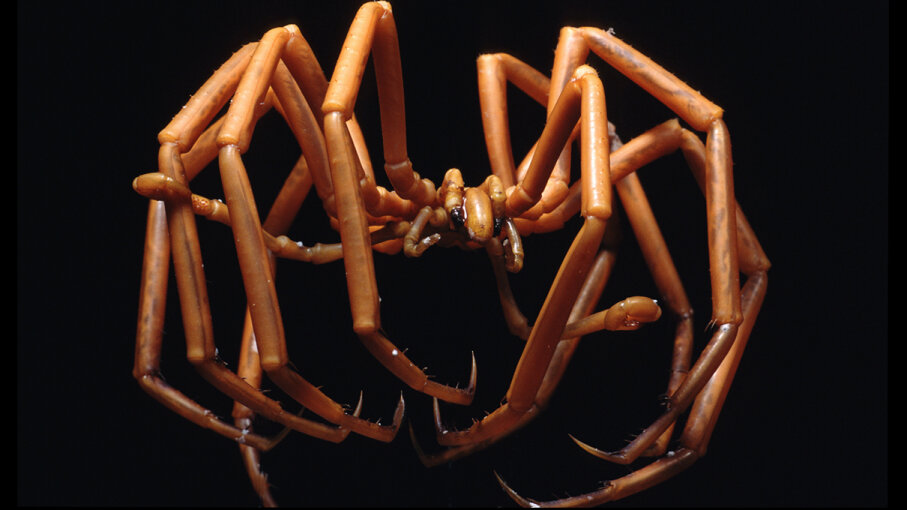
Hexapoda
Insecta
Cetonia aurata
Entognatha
Orchesella cincta

Crustacea
Malacostracans
Halocaridina rubra
maxillopod
Argulus coregoni
Lingulata
Glottidia pyramidata
Ostracoda
Vargula hilgendorfii
Myriapoda
Class
Lithobius forficatus

Class
Harpaphe haydeniana

Echinoderms
Echinoidea
Strongylocentrotus droebachiensis

Asteroidea
Choriaster granulatus

Holothuroidea
Thelenota ananas

Crinoidea
Oxycomanthus bennetti

Ophiuroidea
Amphipholis squamata
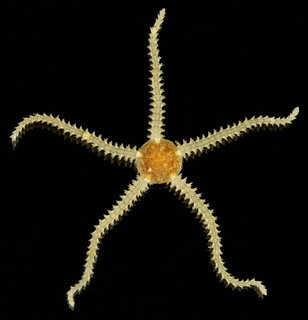
Chordata
Tunicates
Botryllus schlosseri

Cephalochordate
Branchiostoma califoniense
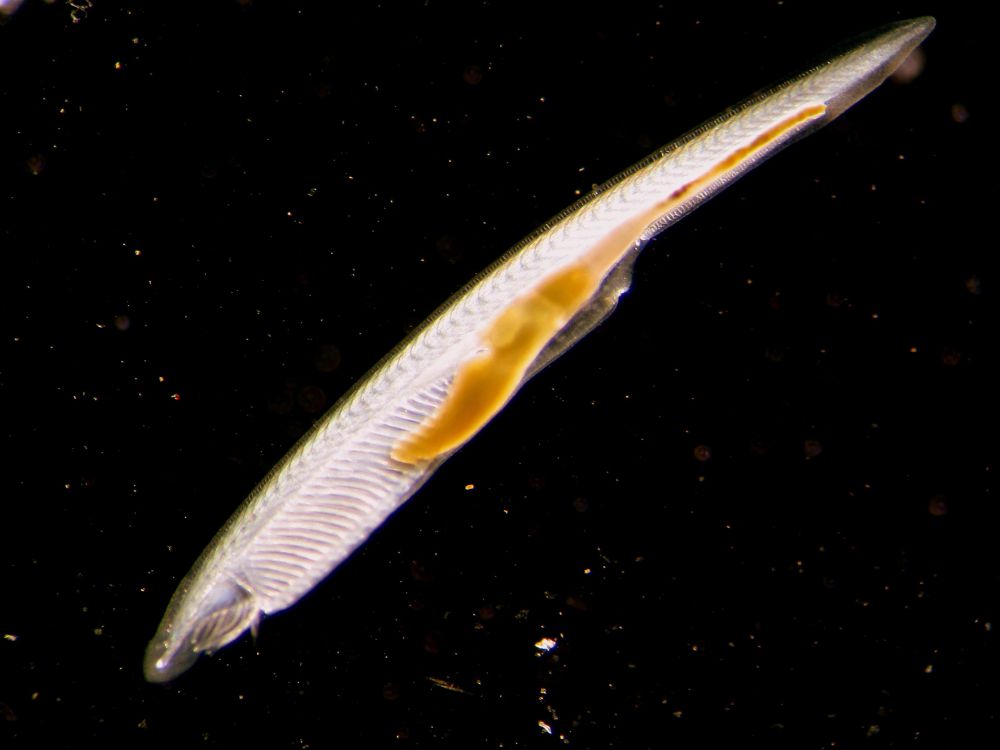
Vertebrate
Agnathans (jawless fish)
Lampreys
Superclass??? (jawed animals) Gnathostomata
Chondrichthyes
chimaera
Osteichthyes
Ocean sunfish
Amphibia
Caecilian
Reptilia
Veiled chameleon
Aves
Anna's hummingbird
Mammalia
monotreme
Steropodon
Marsupials
Queensland koala
placental
Car Placenta
